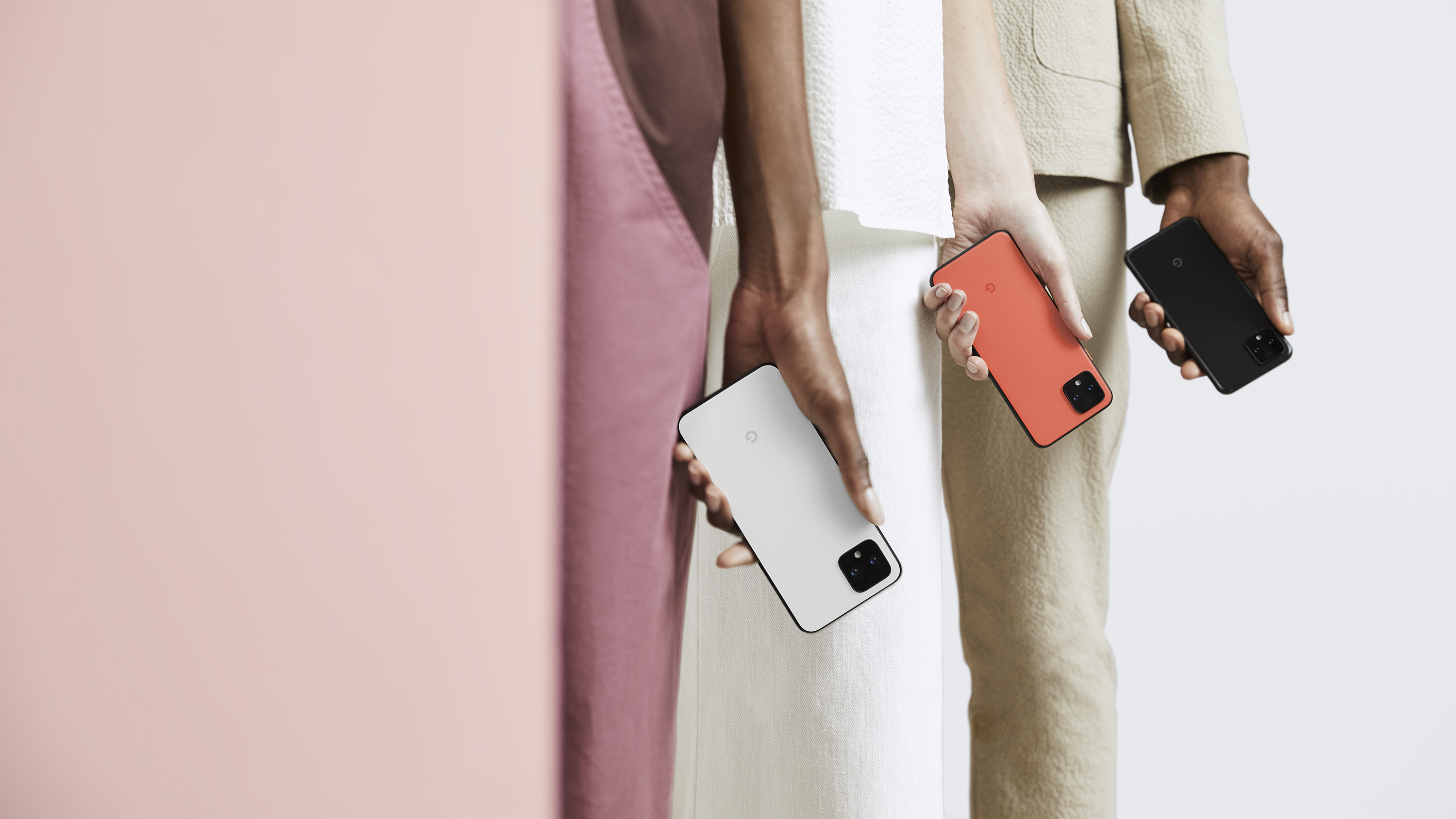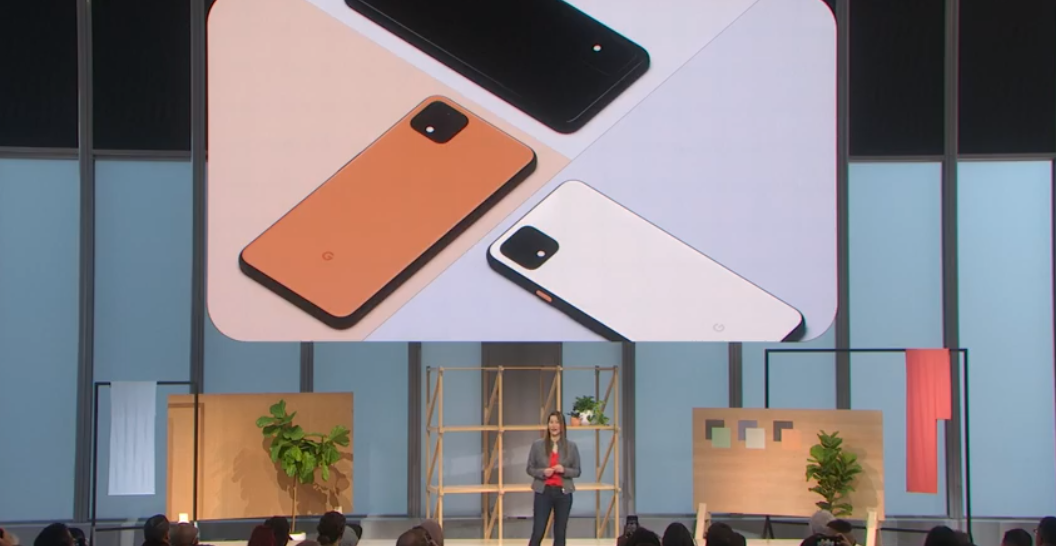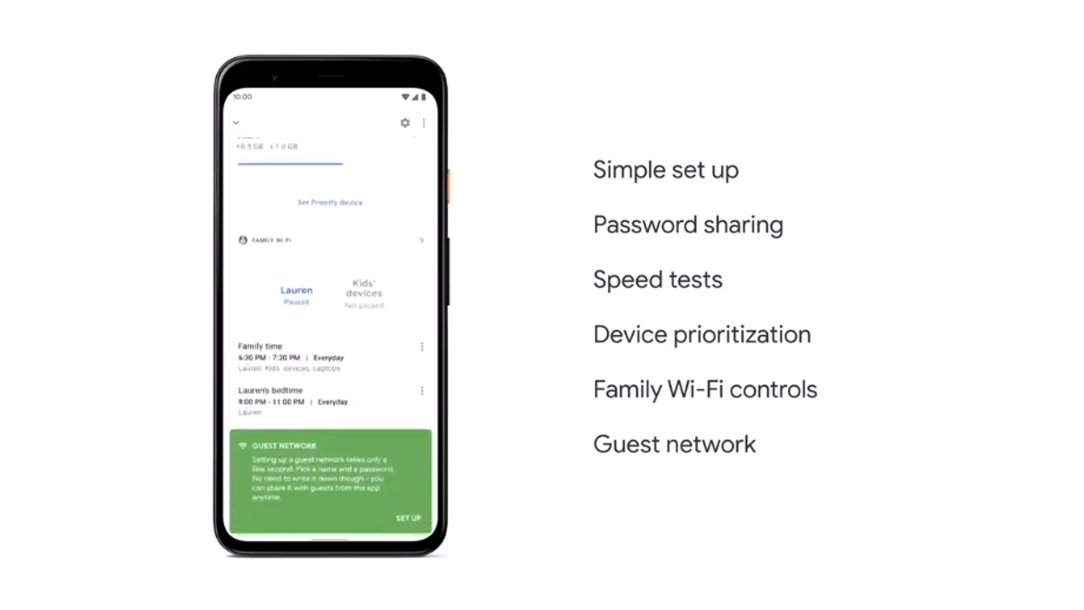Google Pixel 4 announced: an incredible camera system and marked new design
But where's the fingerprint reader and headphone jack?


Google Pixel 4 - key specs

Dimensions: 147.1 x 68.8 x 8.2 mm
Weight: 162 g
Screen: 5.7-inch, 1080 x 2160, 18:9
CPU: Qualcomm Snapdragon 855
GPU: Adreno 640
RAM: 6GB
Storage: 64GB/128GB
Rear cameras: Dual 12.2MP, 16MP
Front camera: 8MP
Battery: 2800mAh
OS: Android 10
The Google Pixel 4 has been officially unveiled today at the Made By Google event held in New York City. The phone, which was launched alongside the Google Pixel 4 XL, is the successor to last year's Google Pixel 3, and delivers a notable new design and upgraded camera system.
And, while there are hardware improvements over last year's phone, it is fair to say that the major emphasis in terms of improvement is very much the Pixel 4's camera, which knowing what we do about the quality of last year's system, looks like it could be the best on the market, even beating off the Apple iPhone 11.

Google Pixel 4: key information
Costs: $799 / £669
Releases: October 24
Variants: 64GB and 128GB
Colours: Just Black, Clearly White and Oh So Orange
Google Pixel 4: design and screen

The Google Pixel 4 sports a new design whereby a metal frame is paired with a rubberised backplate. The backplate is where the majority of the phone's colour comes from (Just Black, Clearly White or Oh So Orange).
Get all the latest news, reviews, deals and buying guides on gorgeous tech, home and active products from the T3 experts
The backplate is home, in the top left, to a marked new rear camera array, which is a protruding square with rounded corners. It is reminiscent of that installed on the iPhone 11 Pro.
On the front the metal frame is met with a 5.7-inch display, which has a resolution of 1080 x 2160 and an aspect ratio of 18:9. Pixel density rests at 424 ppi. This screen is a 90Hz display that can adapt on the fly. On the right hand side of the frame sits power and volume buttons.
Google Pixel 4: camera system

The Google Pixel 4 has two rear cameras, which is an increase of one over last year. These camera lens consist of a 12.2MP, 28mm wide-angle lens and a 16MP, 45mm telephoto lens. Round the front, meanwhile, is a single 8MP, 22mm wide-angle selfie camera.
Last year's Pixel 3 range ruled the roost in terms of camera quality all year round, only being troubled by the Huawei P30 Pro, so the Pixel 4 already had a great platform to build on.
This year Google has brought better post-processing to images with the inclusion of a new neural learning chip. Live HDR+ is also now included, meaning that the image you see real-time on the phone's screen when taking the picture is the photo you will end up with.
Other new camera feature additions this year include Dual Exposure (good for tinkering with exposure in background or foreground), Super Res Zoom (better quality when zoomed up close, and Astro Photography, which is a night shooting mode geared towards taking pictures of celestial bodies.
Google Pixel 4: specs and hardware

In terms of specs, the Google Pixel 4 comes with a powerful, if not cutting edge, hardware suite. The phone comes with Qualcomm's Snapdragon 855 processor, which is one of the very fastest Android processors going, but it isn't the maker's flagship, which is the Snapdragon 855+ as seen in the OnePlus 7T.
This processor is backed up by an Adreno 640 GPU, 6GB of RAM and either 64GB or 128GB of internal storage space. These pieces of hardware are good but don't match the cutting edge tech loaded in devices like the Samsung Galaxy Note 10 Plus and Huawei Mate 30 Pro, which offer twice the RAM and over three times the storage space.
Battery capacity rests at 2,800mAh, which seems unspectacular on paper.

Google Pixel 4: OS, Google Assistant and notables
The Google Pixel 4 comes running Android 10 out of the box.
The phone also comes with Motion Sense, a new gesture control tech that allows its owner to interact with it even without touching the screen. The idea is that there are times when people can use their hands but still need to operate their device (such as when cooking), so now they can thanks to Motion Sense.
Motion Sense is powered by a new radar chip installed in the Pixel 4 that can detect gestures over a 180-degree field of view, with it identifying presence, reach and gestures.
Presence detects when a user is close to the phone, reach detects if the phone is being approached by a hand and wakes it, while gestures detect various hand movements like swipes which allow users to (in supporting apps like YouTube) move through content hands-free.
In terms of Google Assistant, the Pixel 4 comes with it deeply integrated, with it faster to respond and capable of following a chain of commands while maintaining context.
Lastly, the Google Pixel 4 does not come with a headphone jack, or a pair of headphones in the box. In addition, the phone does not come with a fingerprint reader.
Check back in to T3 soon for our full Google Pixel 4 review.
If you missed the Google Pixel 4 getting unveiled today at the Made By Google event, then you can watch it in full in the below video:

Rob has been writing about computing, gaming, mobile, home entertainment technology, toys (specifically Lego and board games), smart home and more for over 15 years. As the editor of PC Gamer, and former Deputy Editor for T3.com, you can find Rob's work in magazines, bookazines and online, as well as on podcasts and videos, too. Outside of his work Rob is passionate about motorbikes, skiing/snowboarding and team sports, with football and cricket his two favourites.